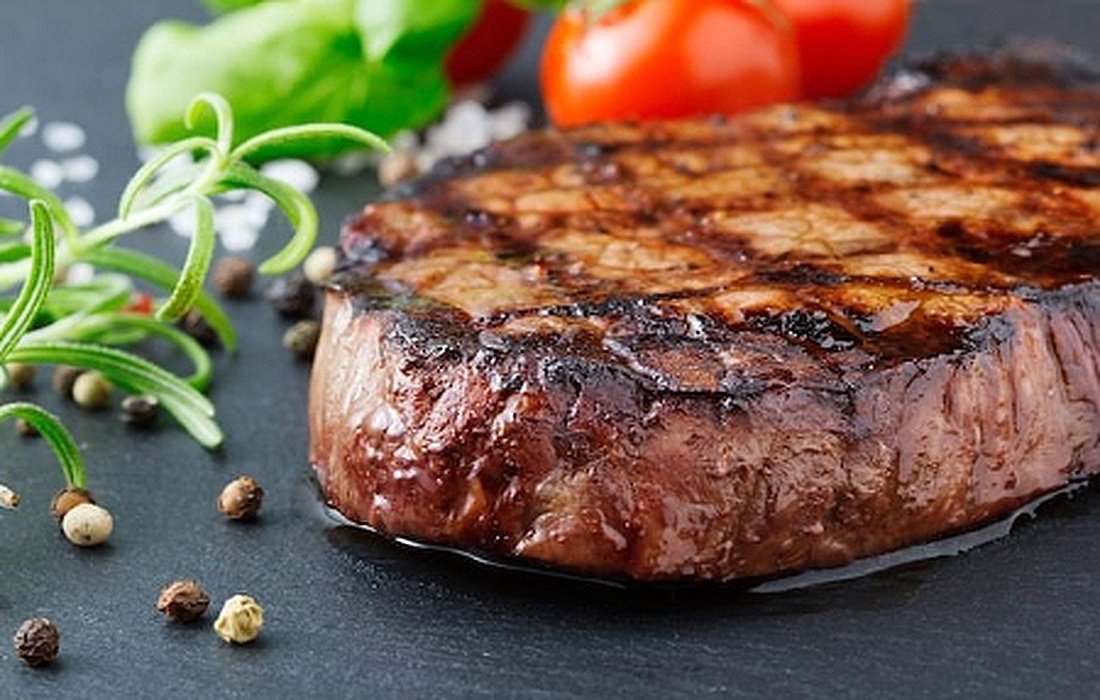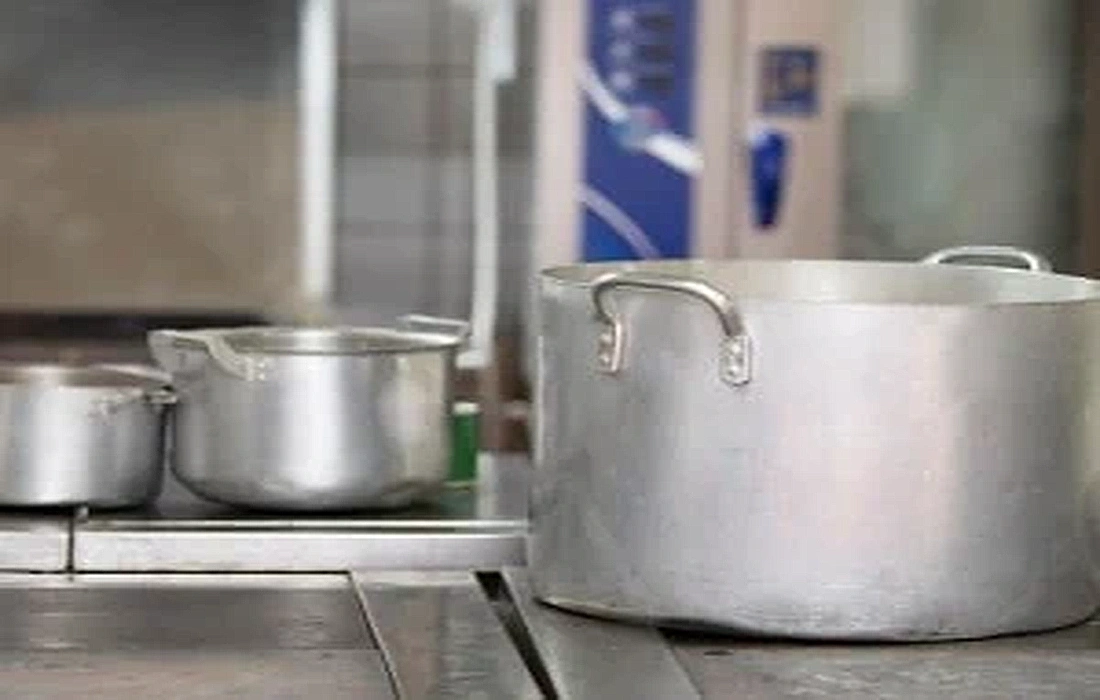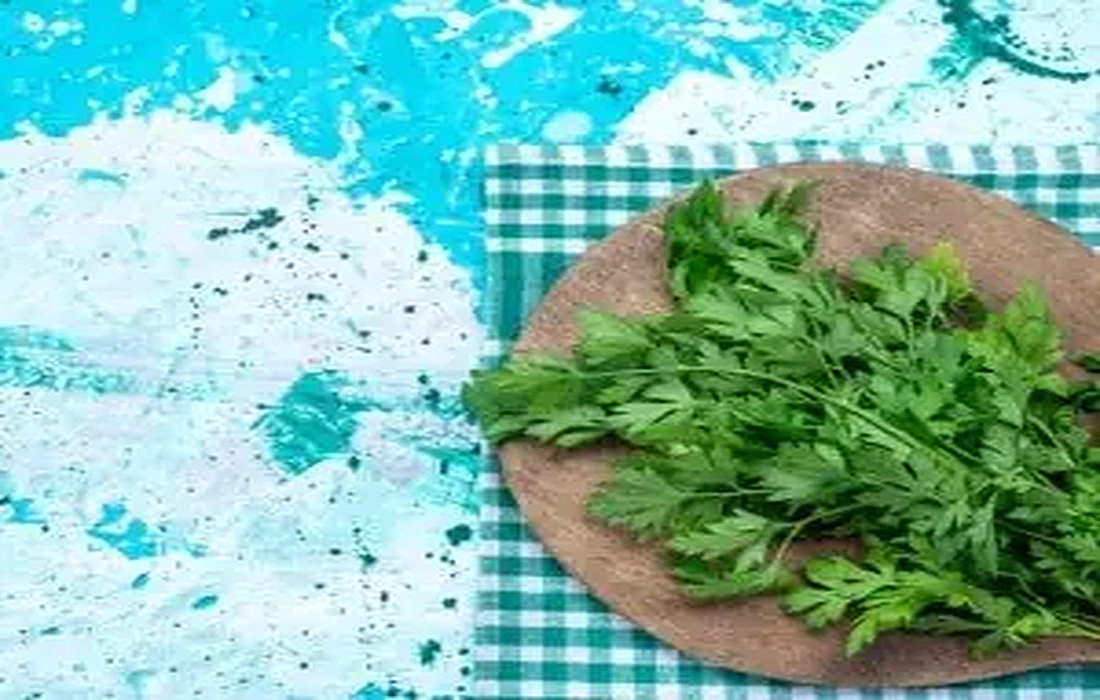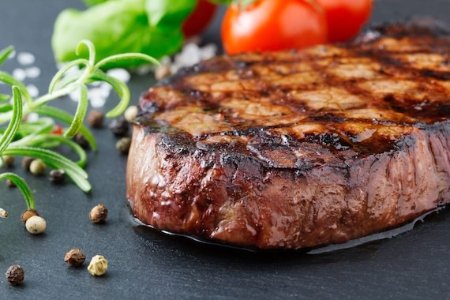
Tenderizing Meat
Golden Tips for Quick Cooking and Tenderizing Meat
Every chef has their preferred method for turning cheap, tough meat into delicious, tender pieces. Here, we have gathered all tenderizing techniques in one place. Most of these methods work on any type of meat: beef, lamb, goat, buffalo, venison, etc., and for each method, we’ll list which cuts they work best for.
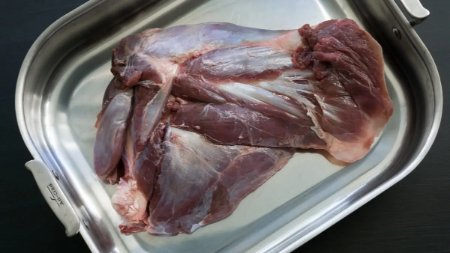
Quick Cooking Methods for Meat
Which meat cuts are tougher?
Before we discuss tenderizing methods, let’s understand where the soft and tough cuts of meat lie. A tough, hardworking muscle (like the leg) is usually tougher than a less active and less-used muscle (like the center of the back).
Tough muscles have more collagen, which holds the muscles together and connects them to the bone. It’s the collagen that makes them stiff. But if you apply one or more of the following methods, collagen transforms into gelatin, giving the meat delicious tenderness. However, these are the hardest cuts:
Bottom Round
Brisket
Chuck Roast
Eye Round
Flank Steak
Hanger Steak
Round Roast or Bottom Round Steak
Shank
Short Ribs
Skirt Steak
Shoulder Roast
Top Round
These may also be tough:
Chuck Steak
Top Blade Steak
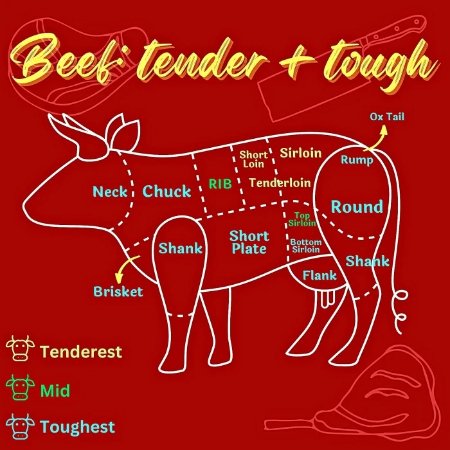
The Best Tenderizing Methods for Meat
8 Surefire Ways to Tenderize Meat (Plus a Controversial Option)
1. Beat it. Use a meat mallet or wrap it in a bag or cloth and pound it with a rolling pin or heavy skillet.
2. Low and slow. Both dry heat (like in barbeque smoking) and moist heat (like in a stew or crockpot) will achieve this.
3. Use fruit enzymes to break down proteins.
4. Dry it out (if you have time). This process uses the meat’s own enzymes to break down muscle fibers.
5. Use a knife to score the surface to help the enzymes/marinade penetrate deeper, or slice cooked meat thinly against the grain. In either case, you are using a knife to aid chewing. If you have a meat grinder, you can turn it into ground meat.
6. Use baking soda. This method isn’t for everyone, but you can’t cook many Asian meat dishes without knowing how to use it.
7. Use salt. While some science experts insist that salt dries meat out (and thus makes it tougher), it has been used as a tenderizer for centuries, and all serious cooks and food enthusiasts salt their meat before cooking.
8. Allow cooked meat to rest before slicing. This is a final, vital step for all cuts and types of meat.
This next method is controversial, but definitely worth mentioning:
Use an acid marinade. Some swear it helps tenderize meat, but others argue it just adds flavor.
Use your muscles—the oldest, easiest, and most obvious way to tenderize meat is to beat it into submission. Use a mallet, or wrap it in plastic wrap and pound it with a rolling pin or heavy skillet.
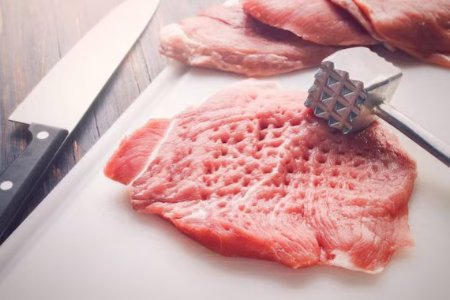
Cooking Tough Meat
When should I use a meat mallet?
This method is best if you plan to quickly sauté or stir-fry, but if you want to grill, it’s not recommended. Since you’re manually breaking the fibers, the meat will lose some of its cohesion and integrity.
Which cuts should I use the mallet on?
For obvious reasons, pounding smaller, boneless cuts like cutlets and steaks works best. Pounding a roast with a heavy skillet would be dangerous for both you and the roast!
Low and Slow
With a little heat and lots of time, the collagen in the toughest cuts will eventually break down, leaving you with tender, juicy strands of meat.
How does heat tenderize meat?
Meat is made up of long fibers, each of which is encased in a collagen sheathing, a complex connective tissue that contracts when heated too much and squeezes out moisture. This is why fully cooked meat is tougher. But if you keep the heat between 160°F and 205°F, collagen starts to gelatinize, and the meat becomes tender.
How low should I go?
Anything from 160°F to 205°F works, but 190°F is the sweet spot.
How long is enough to cook meat?
Old cooks say all day long, but I would say two and a half hours.
What’s the best slow cooking method?
You can use dry heat (roasting or smoking) or moist heat (braising or stewing). You can use a slow cooker or a Dutch oven.
Which cuts have the most collagen?
Brisket, ribs, chuck, shank, short loin, and shoulder or round cuts. All of these respond well to slow cooking, but steaks and fillets do not.
Note: Overcooking or cooking a tough piece of meat too quickly will only make it tougher. If you are the impatient type, use a thermometer.
Tender Bulguogi
Tender bulgogi is made with hanger steak or boneless short ribs and owes its amazing tenderness to an Asian pear marinade.
Pineapple contains bromelain, an enzyme that softens meat by breaking down protein structures. In fact, if you let it soak for a few days, your meat will turn to mush!
Using Fruit Enzymes
Some fruits contain protease, a type of enzyme that breaks down meat proteins effectively. These fruits include:
Kiwi is at the top of the list because it contains actinidin, which works slowly and has a neutral flavor. Some cooks allow meat to marinate in kiwi marinade for nearly a week.
Pineapple contains bromelain, an enzyme so strong that it can turn your meat to mush if you’re not careful.
Papaya, figs, mangoes, and Asian pears also work.
How much fruit should I use?
Use up to two tablespoons of mashed fruit per cup of marinade, but be careful not to soak it too long, or it will become mush. If you happen to have pineapple or mango juice, you can use that too.
What temperature works best?
Fruit enzymes work best at 50 to 70 degrees Celsius (120 to 160 degrees Fahrenheit).
Which cuts work best with fruit enzymes?
Like other marinades, fruit enzymes work best on thinner cuts.
What about commercial tenderizers?
Most packaged tenderizer powders are made from dried fruit enzymes. I prefer using whole fruit, but many people prefer them.
What about ginger?
Ginger also contains a proteolytic enzyme that breaks down protein and tenderizes meat.
Wrap it in cheesecloth before placing it in the fridge to dry.
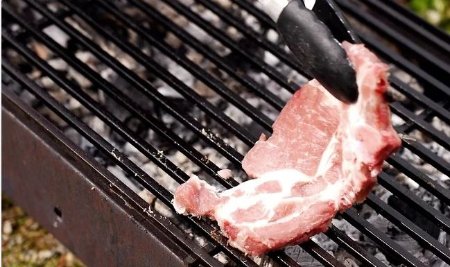
Slow Cooking Meat
Drying Meat for Tenderness
Drying meat uses the meat’s own enzymes to break down muscle fibers, resulting in a softer and tastier cut.
How long does it take to dry meat?
There are discussions on this topic; recommendations range from 1 to 28 days.
Some say four days is probably the longest you should risk in a home refrigerator. Most meat cooking recipes recommend salting and rubbing it with butter for 1 to 4 days.
But others say 14 to 28 days is best.
If you have a large piece of meat, most people agree that a couple of weeks of aging is sufficient. The older you leave it, the stranger it gets, but some people love it weird. I suggest experimenting in your fridge to see what works best for you.
Which refrigerator spot works best for dry aging?
The ideal target for humidity is from 80% to 85%, and the optimal temperature is between 33 to 40 degrees. They recommend placing the meat in the back and lowest part of the fridge (the coldest section). Since most home refrigerators do not have the humidity control of commercial fridges, they also recommend wrapping the meat in several layers of cheesecloth and placing it on a wire rack. Many cooks also recommend placing the meat near the fan if possible. The meat should occasionally be turned to age evenly.
What happens when meat dries?
It becomes much softer.
If you have a meat grinder, you can elevate it to the next level by turning tough cuts into ground meat.
Using Baking Soda
Baking soda alkalizes the surface of the meat, disrupting protein bonds and making it more tender. Many people love this method, but some complain that even after rinsing, a vague alkaline taste remains.
Which meats or cuts work best?
Any type, but since it affects both flavor and texture, only use the cheapest, toughest cuts. Also, since it only works on the surface, this method should be used only on the smallest, thinnest pieces.
How do I use baking soda as a meat tenderizer?
Cover the meat with baking soda and rub it in using about a tablespoon in your hand, or dissolve the baking soda in water and soak the meat in it.
Let it rest on the counter for 15 to 20 minutes. If you leave it longer, it won’t harm the meat, but it won’t make it any more tender either.
To remove all the baking soda, rinse it thoroughly, as it affects texture and flavor (but if you want to brown it, dry it thoroughly before cooking).
Using Salt as a Tenderizer
Some scientists insist that salt makes meat tougher, not more tender, but top chefs and true food enthusiasts know better. Given time, salt can break down protein strands, dissolving the muscle fibers of tough meats.
According to most cookbooks and resources, salt is the secret to juicy steaks. Since brining only works for super-thin cuts, they recommend rubbing steaks with salt and then placing them in the fridge for 24 hours prior to cooking instead.
For smaller cuts like steaks, they say 40 minutes is enough.
A dry or musty layer should be cut off.
You will lose up to 30% of the cut due to moisture loss and/or trimming.
It creates deep, rich, savory flavors and umami.
Let the knife do the chewing for you
Cut the connective tissue to make it tender. Slice the cooked meat thinly against the grain. Your knife should cut through the muscle fibers, not follow them. This is especially important for flank and skirt steaks. You can also use your knife to pierce the outer surface of raw meat before marinating or salting.
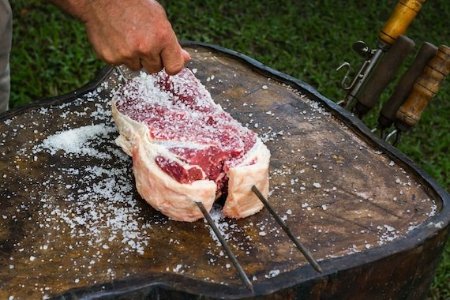
Using Salt for Meat
How do we apply salt?
Place the meat on a pan, board, or plate and generously sprinkle salt over the entire surface. Flip it over and salt the other side as well. If you like, you can massage it a bit.
Leave it untouched at room temperature. The time depends on the thickness of the meat cut. Give it one hour for each inch of thickness. So, if you have a 1 1/2-inch steak, let it sit for one and a half hours.
After the proper time has passed, brush off or rinse the salt from the surface of the meat thoroughly. This step is important as you don’t want to eat all that salt.
How much should I salt the meat?
As I mentioned before, let it rest for one hour for each inch of thickness.
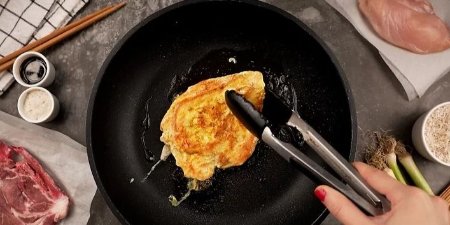
Using Fruit to Tenderize Meat
What type of meat should I salt?
All types and cuts of meat.
What type of salt works best?
Many cooks insist on using coarse (kosher or sea) salt. They say fine grains dissolve quickly and absorb too fast, affecting the flavor. I admit that I sometimes use table salt, but I brush it off before cooking, and the meat tastes great.
Always let the meat rest before slicing
Don’t rush this final, crucial step! Experts have proven that a short rest on the cutting board before slicing makes all the difference. If you slice it immediately after removing it from heat, about 40% more meat juice will run out onto your cutting board, but if you give it time to rest, relax, and reabsorb all its juices, your mouth will definitely notice the difference.
Using an Acidic Marinade
Food scientists know that although marinades are great for flavor, they don’t always work for tenderizing. Acids may take a while to penetrate the meat, and added oils and sugars may slow the process down, so if you have a thicker cut, marinating is probably a waste of time.
For best results, how long should I marinate?
If you only have a few hours, use a direct acidic mixture. If you have more time, use a marinade with oil. Just be sure not to leave it too long, as over-marinated meat can become very soft and mushy.
What’s the best way to marinate?
Place the meat submerged in marinade in a covered bowl or a sealable bag. It should not be exposed to air. Let it stay in the fridge for 2 to 24 hours.
Which cuts should be marinated?
Thin pieces of the toughest cuts work best. For example, flank, skirt, and hanger steaks. Don’t bother marinating a high-quality steak: it doesn’t need help tenderizing and you’ll likely ruin it.
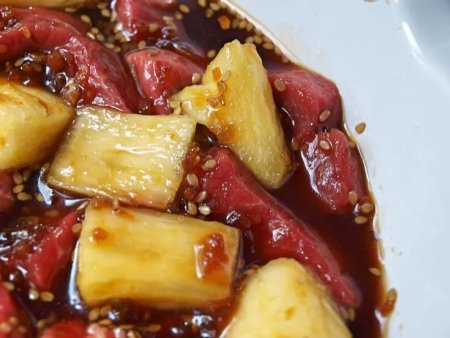
Natural Meat Tenderizers
Which acids work better in a tenderizing marinade?
Vinegar (any kind, but be aware of its effect on flavor)
Worcestershire, tomato, teriyaki, or soy sauce
Beer
Lemon or lime juice
Yogurt or sour milk
Consider combining these acids with the protease fruits described in number 3 above.
Remember: don’t bother marinating a high-quality steak. It doesn’t need help to become tender and tasty, so you’ll likely ruin it.
Meat can’t be browned if it’s not dry.
Be sure to dry meat before placing it in the pan to brown.
FAQs about How to Make Meat Cook More Easily?
1. How can I cook meat faster?
Using methods like cutting meat into smaller pieces, using pressure cookers or heavy pots, and marinating meat with ingredients like vinegar or lemon juice can help cook meat faster.
2. Does using salt help tenderize meat?
Yes, salt breaks down meat proteins, helping to tenderize it. It’s best to marinate the meat with a little salt before cooking.
3. What temperature is suitable for cooking meat?
Cooking meat at a low and slow temperature (around 160 to 180 degrees Celsius) allows the meat to become tender over time and cook more easily.
4. What type of pot is best for cooking meat?
Heavy, thick pots like cast iron or ceramic pots distribute heat evenly and help cook meat better.
5. Are there specific ingredients that help tenderize meat?
Yes, ingredients like vinegar, lemon juice, yogurt, and papain (the enzyme found in papaya) can help tenderize meat. Use these as marinades for the meat.
Conclusion
To make meat cook easier and become tender, you can use methods like cutting meat into smaller pieces, using a pressure cooker, and marinating with ingredients like vinegar or lemon juice. Choosing heavy pots and cooking meat at a low temperature also helps speed up the cooking process and tenderize the meat. By following these tips, you can achieve faster and higher-quality cooking.
Compiled by:SelMagz Home Secrets Section



